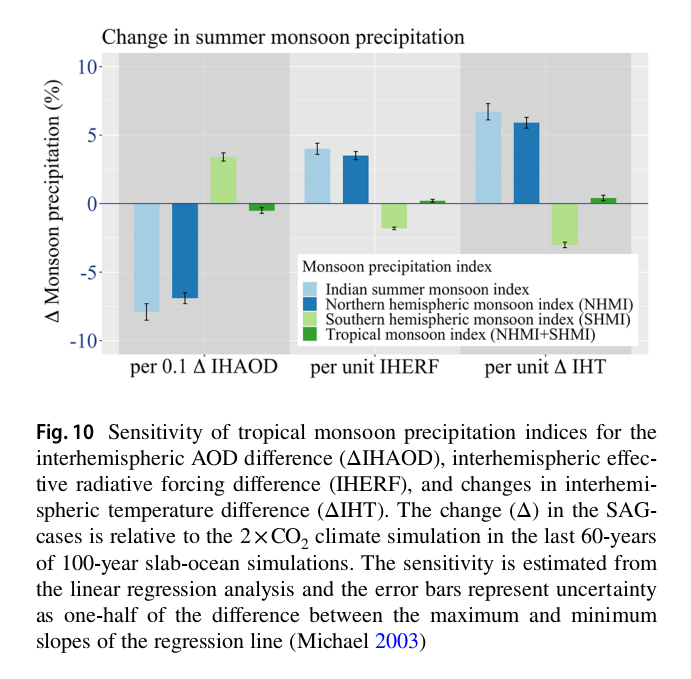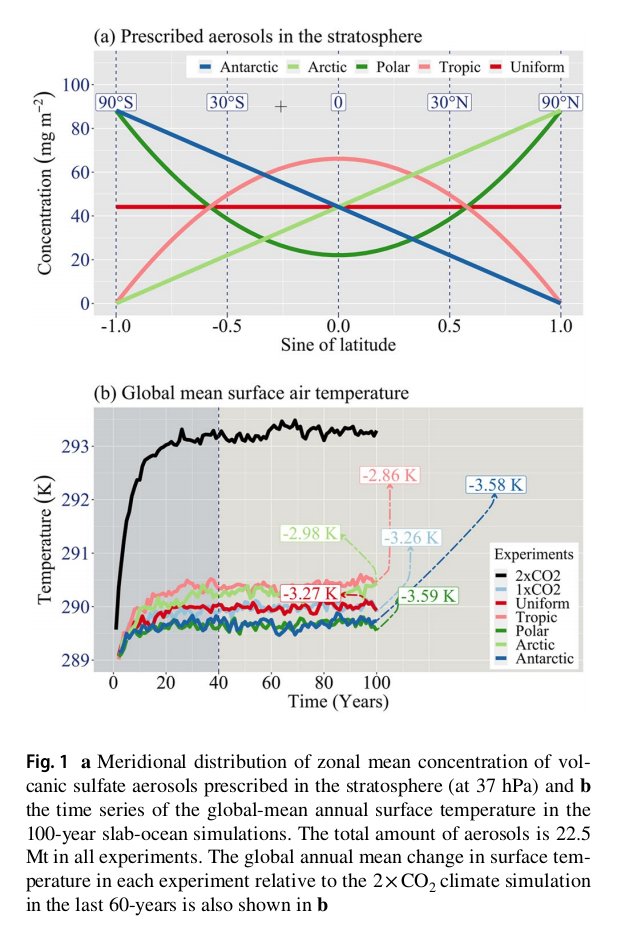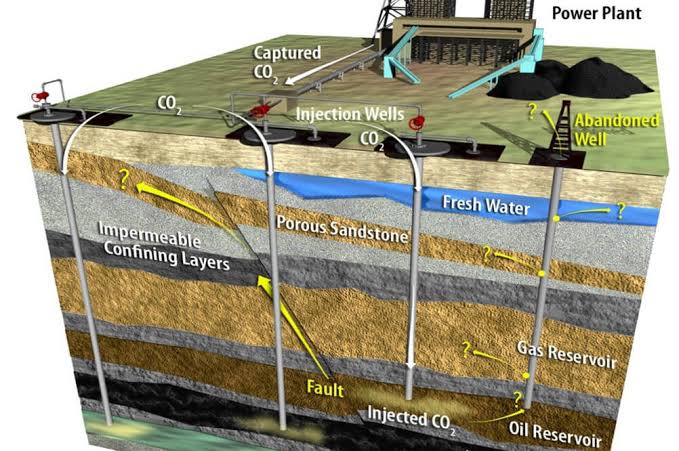🚨NEW STUDY🚨
🌲"#Sequestering C in forest ecosystems is important for mitigating #ClimateChange."
✍️"Policy concern: whether forests should be left unharvested to reduce CO2 #emissions & store C, or harvested to take advantage of potential #CarbonStorage & #removal."
🧵1/8

🌲"#Sequestering C in forest ecosystems is important for mitigating #ClimateChange."
✍️"Policy concern: whether forests should be left unharvested to reduce CO2 #emissions & store C, or harvested to take advantage of potential #CarbonStorage & #removal."
🧵1/8


So, new study addressed this issue "by examining C rotation ages that consider commercial timber and C values. A discrete-time optimal rotation age model is developed that uses data on C #fluxes stored in living & dead biomass as opposed to C as a function of timber growth."
2/8
2/8

"Carbon is allocated to several ecosystem and post-harvest product pools that decay over time at different rates. In addition, the timing of #CarbonFluxes is taken into account by weighting future carbon fluxes as less important than current ones."
3/8
3/8
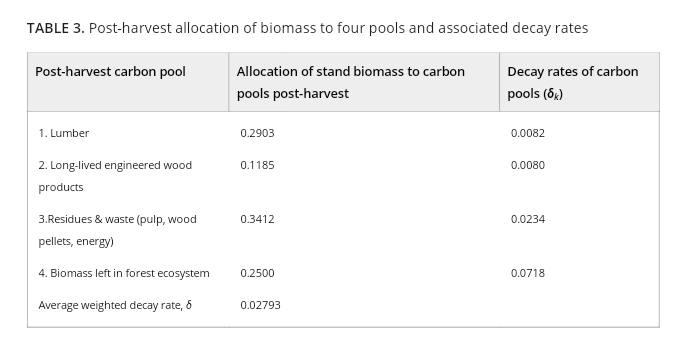
Using simple formulae for determining optimal 𝐂 𝐫𝐨𝐭𝐚𝐭𝐢𝐨𝐧 𝐚𝐠𝐞𝐬, this study draws the following conclusions:
1️⃣ "Reducing the price of timber while increasing the price of #carbon will increase rotation age, perhaps to infinity (stand remains unharvested)."
4/8
1️⃣ "Reducing the price of timber while increasing the price of #carbon will increase rotation age, perhaps to infinity (stand remains unharvested)."
4/8

2️⃣ "An increase in the rate used to discount physical carbon generally reduces the rotation age, but not in all cases."
3️⃣ "As a corollary, an increase in the price of #carbon increases or reduces rotation age depending on the weight chosen to discount future #CarbonFluxes."
5/8
3️⃣ "As a corollary, an increase in the price of #carbon increases or reduces rotation age depending on the weight chosen to discount future #CarbonFluxes."
5/8
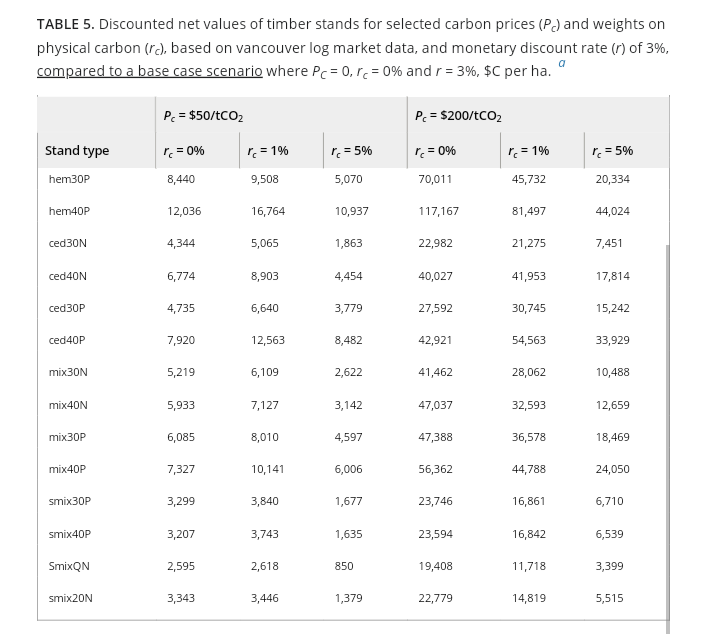
4️⃣ "Site characteristics and the mix of species on the site affect conclusions 2️⃣ and 3️⃣."
5️⃣ "A large variety of #CarbonOffset credits from forestry activities could be justified, which makes it difficult to accept any."
6/8
5️⃣ "A large variety of #CarbonOffset credits from forestry activities could be justified, which makes it difficult to accept any."
6/8

📜🌲 Read the open-access paper entitled: "Determining optimal forest rotation ages and carbon offset credits: Accounting for post-harvest carbon storehouses," here ⬇️
onlinelibrary.wiley.com/doi/full/10.11…
#CarbonSequestration
#CarbonRemoval
#ForestEcosystem
7/8
onlinelibrary.wiley.com/doi/full/10.11…
#CarbonSequestration
#CarbonRemoval
#ForestEcosystem
7/8
• • •
Missing some Tweet in this thread? You can try to
force a refresh

 Read on Twitter
Read on Twitter







